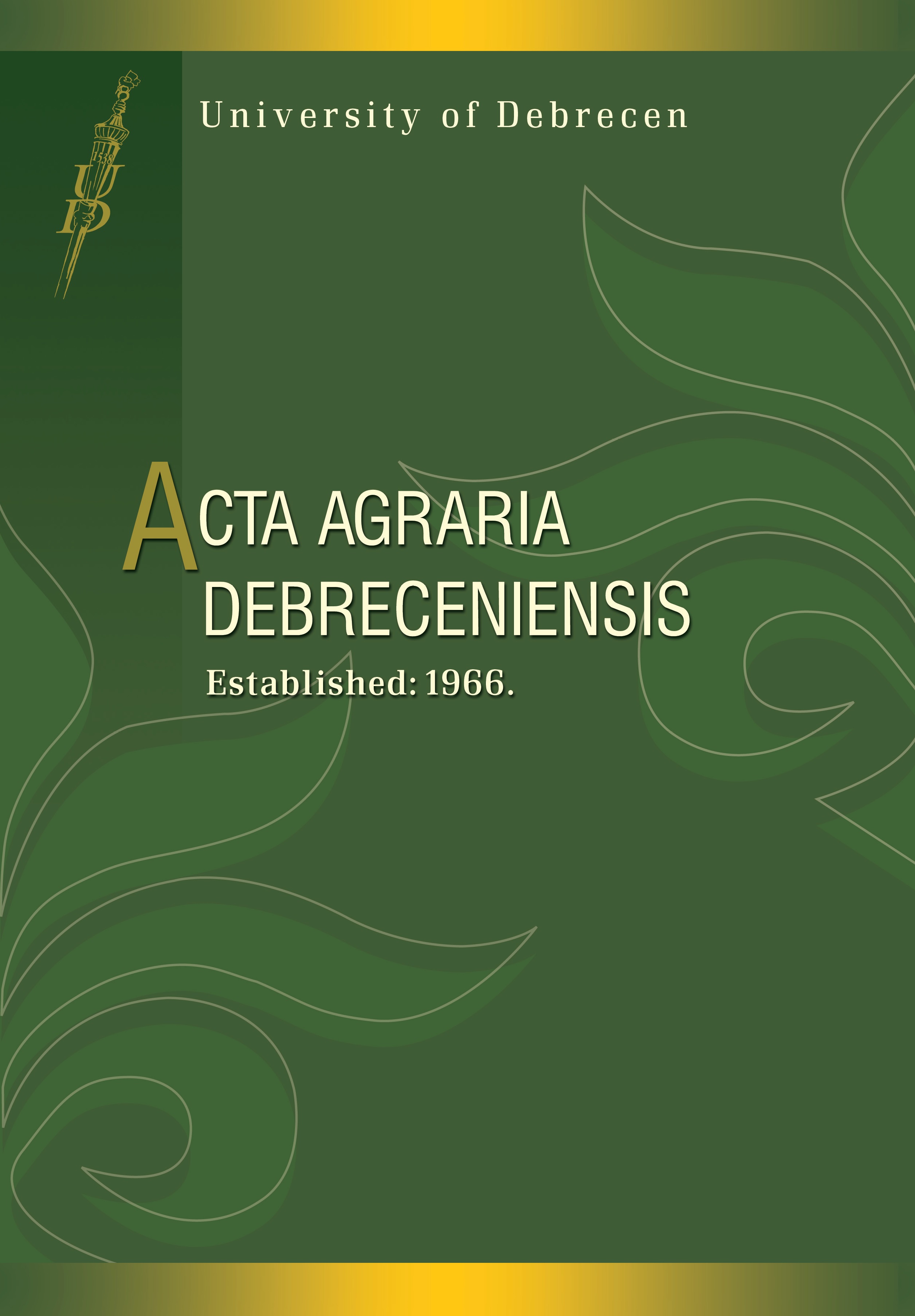Wheat cleaning and milling technologies to reduce DON toxin contamination
Authors
View
Keywords
How To Cite
Abstract
Mycotoxicosis caused by Fusarium fungi holds a huge risk considering economic and food safety issues worldwide. By applying milling technologies, we attempted to reduce the concentrates of DON toxin, as it is the most often found toxin in wheat.
The processes of sieving, aspiration and combination had been used on wheat with high DON toxin concentration. As a next step, grains were sorted using a horizontal cylinder separator, assorted by an optical and a gravity separator, and finally, the products were scoured and ground. The contamination level of the wheat and flour samples were defined by the HPLC-MS method.
Regarding the results, it can be stated that toxin concentration was most effectively reduced by optical separation and scouring, and by applying these milling techniques, food safety can be increased significantly.

 https://doi.org/10.34101/actaagrar/2/3684
https://doi.org/10.34101/actaagrar/2/3684